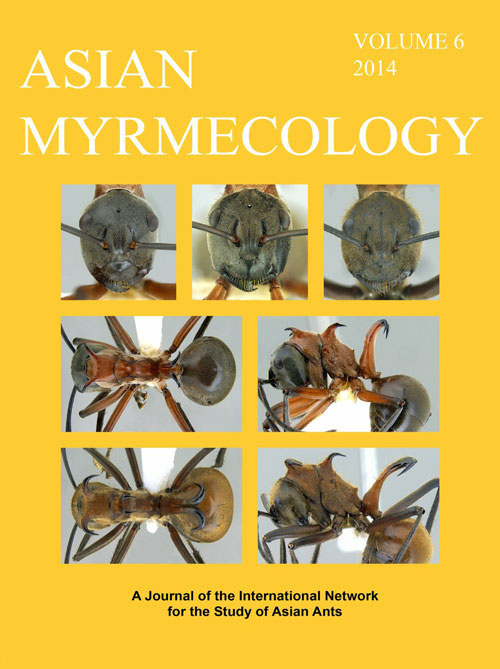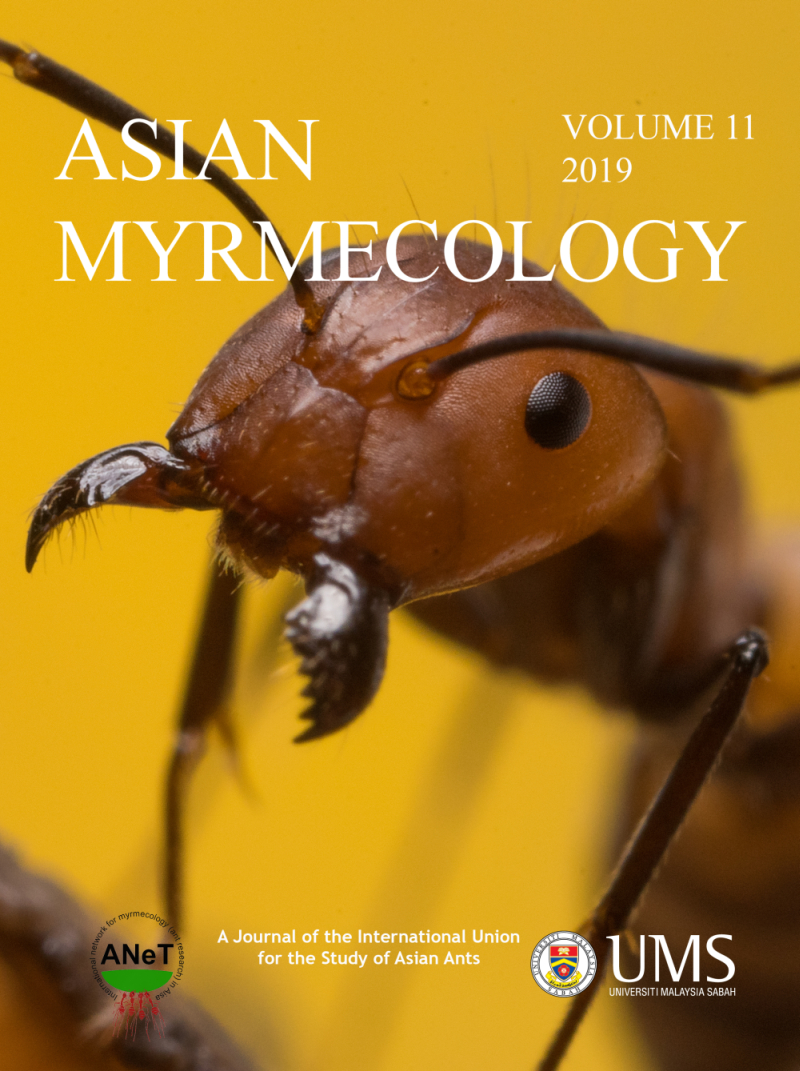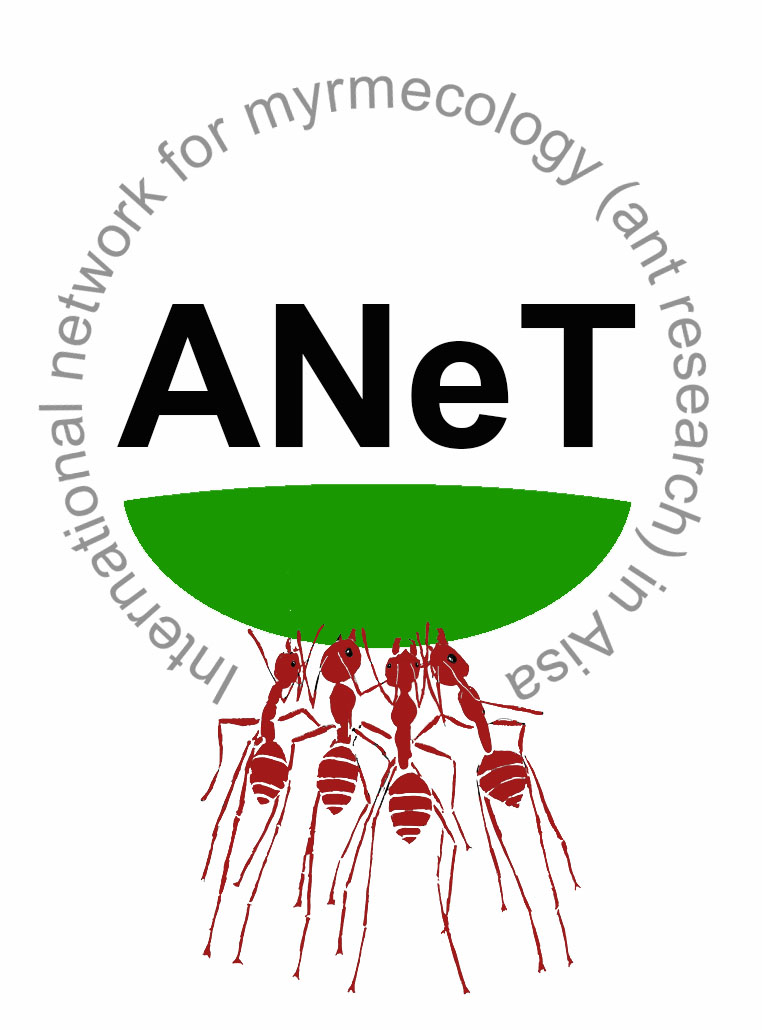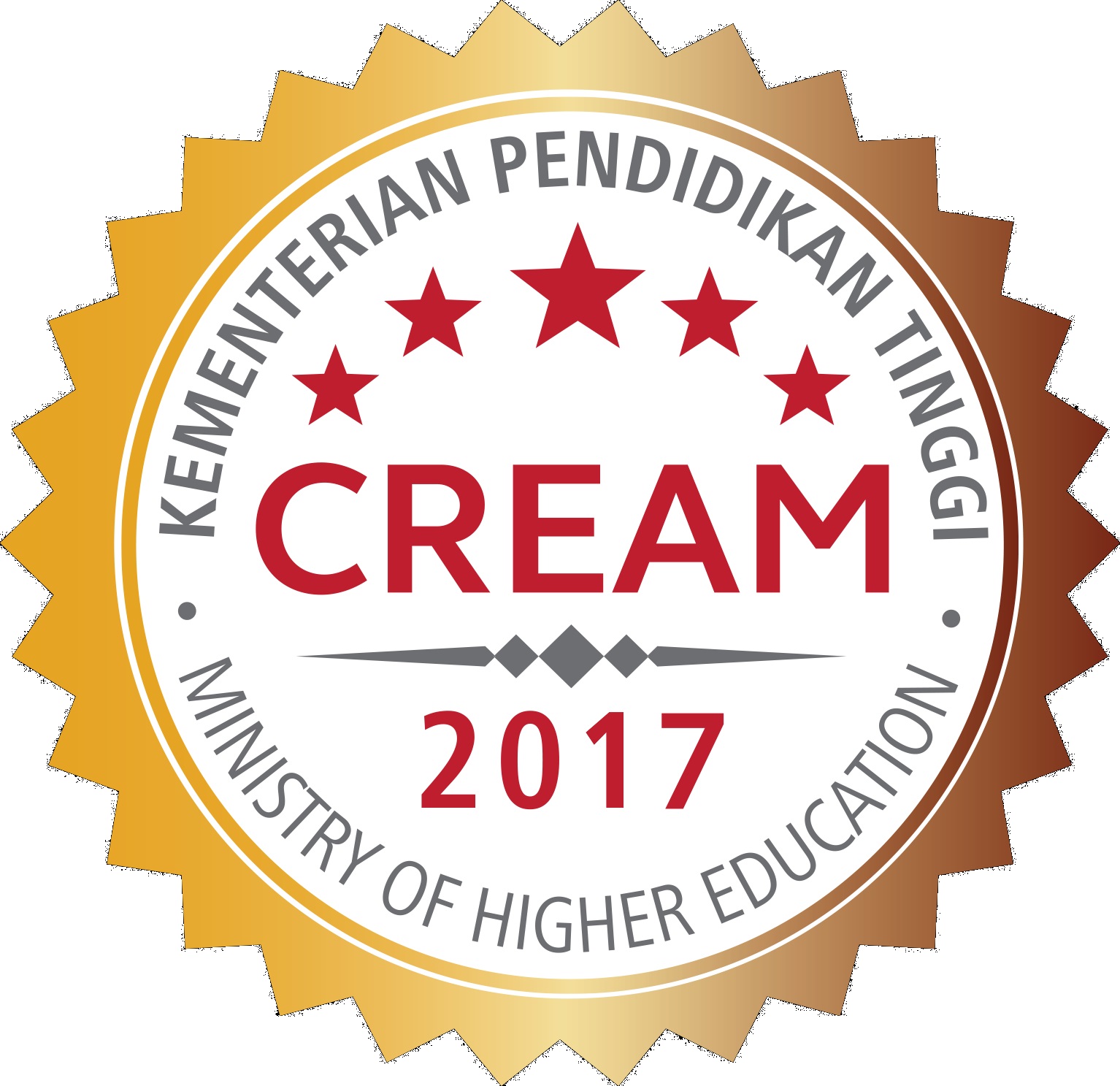ASIAN
MYRMECOLOGY
Image: François Brassard
Behaviour
Asian Myrmecology, Volume 6, pages 105-113, published June 2014
DOI: 10.20362/am.006009
Reproduction by ergatoid queens in the myrmicine ant Monomorium brocha (Bolton) (Hymenoptera: Formicidae)
FUMINORI ITO1*AND SEIKI YAMANE2
Abstract:
This study reports on reproduction by ergatoid queens of Monomorium brocha (Bolton) collected in the Bogor Botanic Garden, West Java, Indonesia. One colony fragment comprised 20 ergatoid queens that showed variable ovariole numbers. All but one of the dissected queens had mated, but the ovarian condition varied among individual queens. Ergatoid queens can be easily distinguished from workers by morphological characteristics such as large compound eyes and a suture between the pronotum and mesonotum. The development of the mesonotum varies among ergatoid queens, but has no correlation with ovariole number. Comparison of queen-worker dimorphism in body size and ovariole number among 11 Monomorium species indicates that the present species shows smallest caste dimorphism among the known species of this genus. A description of the male is given.
Keywords:
ants, Monomorium, ergatoid queen
Get PDF (527K):
1Laboratory of Entomology, Faculty of Agriculture, Kagawa University, Ikenobe, Miki 761-0795, Japan
2Department of Earth and Environmental Sciences, Faculty of Science, Kagoshima University, Kagoshima 890-0065, Japan
*Corresponding author: ito@ag.kagawa-u.ac.jp



